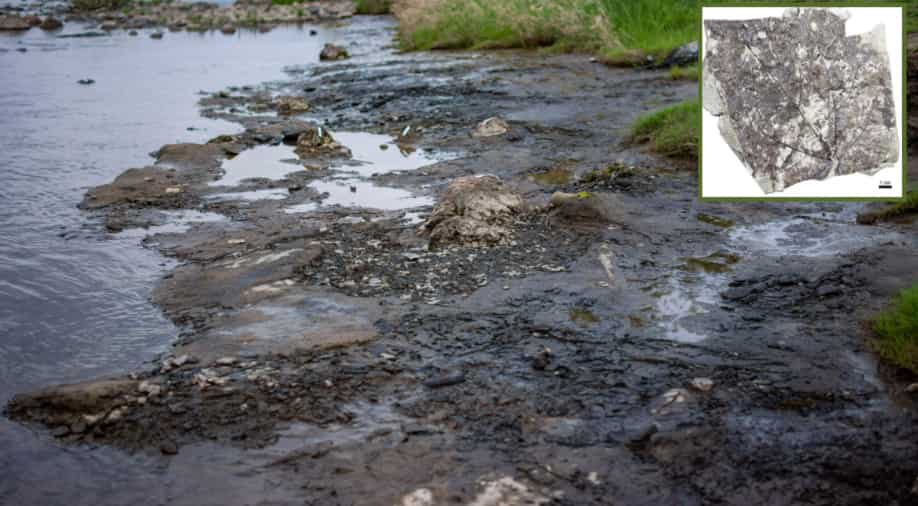Free Courses Sale ends Soon, Get It Now


Free Courses Sale ends Soon, Get It Now



Disclaimer: Copyright infringement not intended.
Context
The discovery of an exceptionally well-preserved fossil forest in Japan that dates back to the late Miocene epoch, a period that existed around 10.4 to 5 million years ago.
Details
Characteristics of Wataria parvipora
Rarity of Complete Plant Fossils
Findings and Taxonomic Identity
Significance of the Discovery
About Late Miocene Epoch
Climate
Vegetation
Fauna
Sea Level Changes
Tectonic Activity
Fossil Record
|
PRACTICE QUESTION Q) Consider the following statements about the Late Miocene:
Select the correct statements using the codes below: (a) 1 only (b) 2 only (c) Both 1 and 2 (d) Neither 1 nor 2 Answer: C |
© 2024 iasgyan. All right reserved